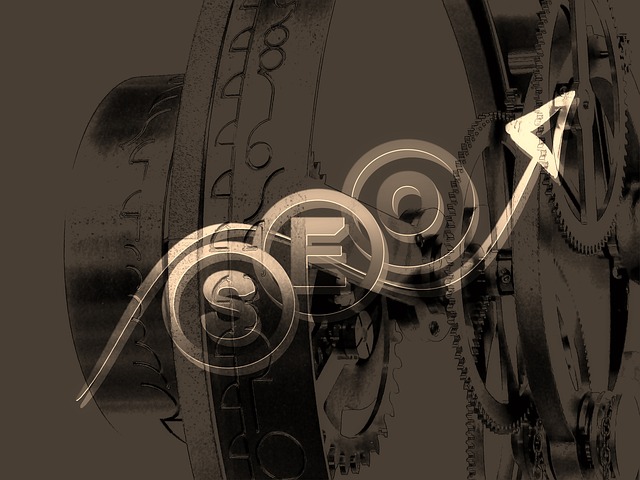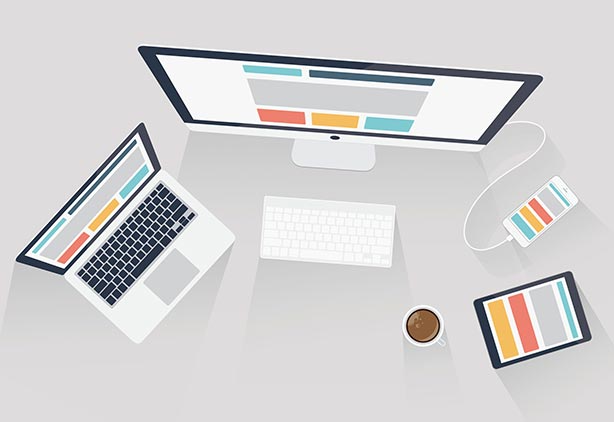SEO: Improving Google Crawling and Indexing Rate on your E-commerce Website

First, his website should be search engine optimized, then crawled by bots, and finally, when the website visibility is good, he can find some good sale numbers.
Google bots have a monotonous task to perform. They hunt for websites, in this case, an e-commerce website that is perfect in terms of design, layout, content before crawling and indexing them. But is it so easy, getting noticed by bots?
Optimizing for search engines is not something that you cannot do. It is attainable, but the process definitely takes some time before you can actually see some results.
In this case, we have trained our focus on a e-commerce website, because, an online business is not something that can be achieved without branding or good online visibility.
SEO is very important to attract traffic. With good website traffic, you can witness good conversion. And conversion rate guarantees accountable revenue. So, if you are running an e-commerce website sans SEO, then you are leaving money on the table, a lot of them, and up for grabs.
Crawling and Indexing: What do you understand by the process?
Is your e-commerce appealing to Google?
If your website is frequently crawled and indexed, then yes, Google is finding your website interesting and useful.
Crawling :
Web crawlers are referred as ‘bots’. These bots are programmed to systematically go through or read a website that is new or updated recently.
The process begins with the bots going through the list of web addresses and sitemaps that was crawled previously. Crawlers can either go through an entire site or few selective pages. They crawl one page at a time, following the links and reading all the interconnecting content.
Indexing :
After crawling, the next step is to perform indexing.
Indexing involves Google bots organizing information in the web search.
How do you think you are able to gain access to information for some random keyword?
Because all the information will be indexed.
It’s similar to a book. The index page helps you easily find the content of choice.
How to Improve Google Crawling & Indexing on your E-commerce Website?
- Update your Website Regularly
Creating a website for business is not a one-time deal, especially if you are running an e-commerce business.
Businesses run on the trust factor. So, if a customer is doing business with you, by default he will be providing his personal information. So, how far is your website secure to protect such sensitive information?
When we say a website should be updated regularly, it’s not just maintaining good blog post frequency, it also includes security features, new design trends, and other factors that could impact the website performance.
- Use Server with Good Uptime
Web hosting companies guarantee 99.99% uptime, do you know why?
Because, right from the website accessibility to its performance on search engines, a website should run with good uptime and avoid slow crawl rate.
Think, you have updated your website and if crawlers find it hard to index your content because your website is down, then you will lose a good chance to improve your online visibility.
Pingdom and Mon.itor.us. are the best tools use and be alerted about server inefficiencies.
- Create Sitemaps
One of the best ways to increase crawl rate is by adding a sitemap.
A sitemap tells what you have on your website and how frequently it is updated.
If you have a WordPress site, then you can use Google XML sitemap plugin and generate a dynamic sitemap.
- Maintain Good Page Load Time
‘Patience, Persistence, and Perspiration make an unbeatable combination for success’, but this quote doesn’t hold good in online business.
When load of a page increases, simultaneously there will be an increase in the page loading time.
When a bot is on job, it cannot dedicate more time crawling large, slow-loading images or PDFs and by doing so, it may not have much time for other web pages.
I’m listing some of the methods that would reduce page loading time.
- Optimize images
- Remove unnecessary page elements
- Clean up your HTML & CSS
- Enable browser caching
- Perform GZIP server compression
- Minification
- Have More Inbound Links
Get backlinks from popular websites.
There are numerous blogging sites that gets regularly crawled. Guest post on those websites and add your website link there. This way you will pass the link juice from the websites that have good traffic.
Once the bot follows that link, it will not be much time before your website gets crawled and indexed.
- Use Robots.txt
Do you know, crawling every page of your website can actually decrease your search ranking? Shocked?
Yes, sometimes, few web pages may stay with broken links, unoptimized images, or duplicate content. Crawling such web pages will have a negative impact on your website visibility. Once you identify such web pages you can keep them from getting indexed.
How does robot exclusion protocol works, I’ll explain you in brief.
When the web bot proceeds to crawl a web page say, the index sheet (www.xyz.com/index.html), it first checks for exclusion and visits, www.xyz.com/robot.txt and if it finds,
It will not crawl the index page.
It’s a message to search bot that it should not crawl index page. Likewise, you can even use the standard to disallow any particular search engine from crawling your website.





 +91 8277203000
+91 8277203000
